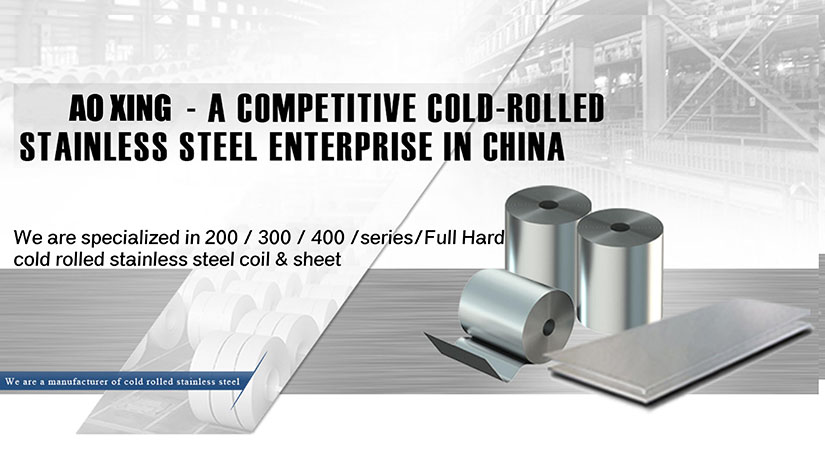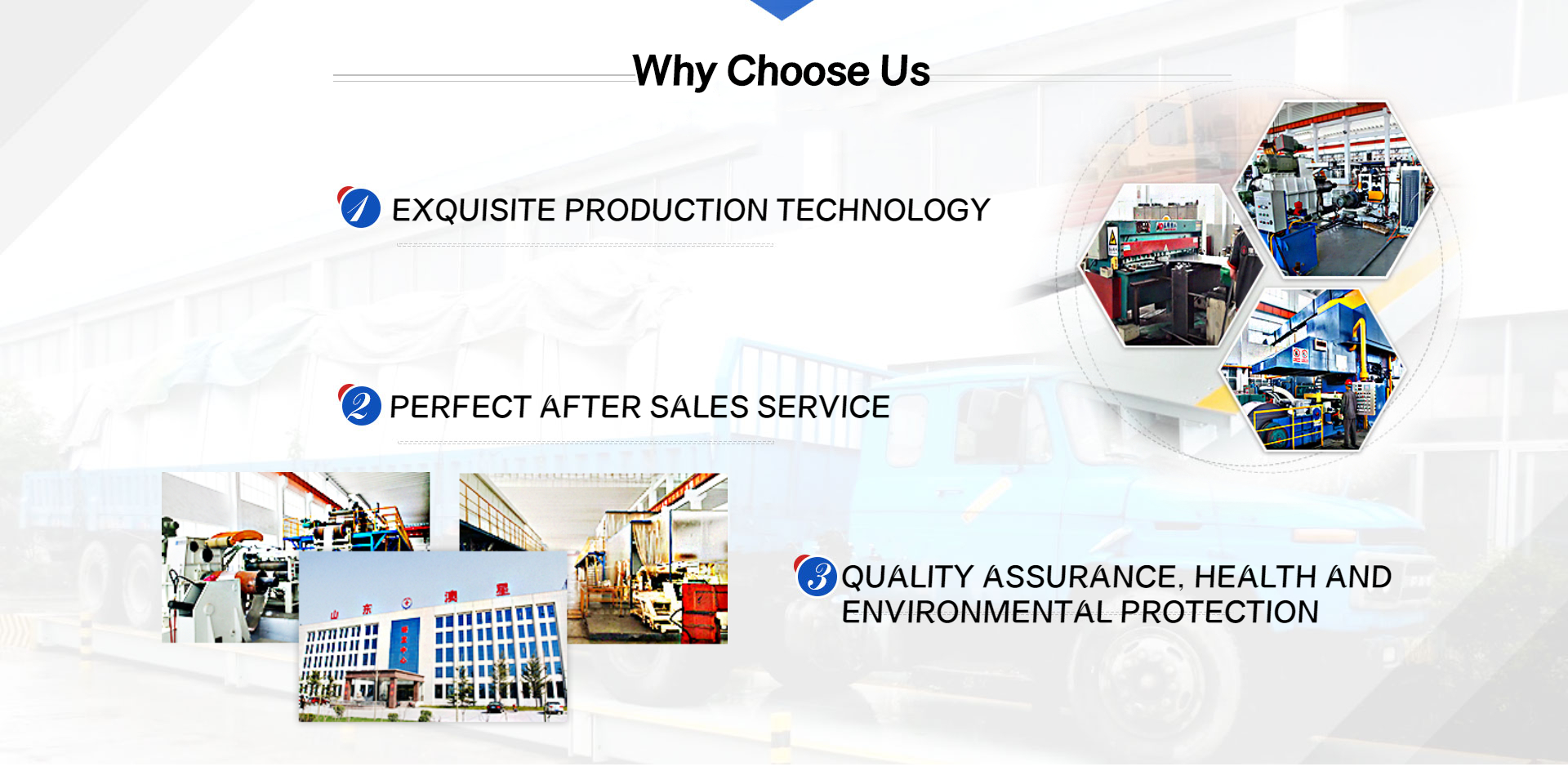316L Stainless Steel Coil

What is 316L Stainless Steel Coil?

316L stainless steel, an austenitic alloy featuring chromium, nickel, and molybdenum, stands out for its enhanced corrosion resistance, particularly in halide environments and against various reducing acids like sulfuric and phosphoric acid, compared to 304/304L stainless steel. The low carbon variant, 316L, is preferred for welded constructions, offering immunity against chromium carbide precipitation and thus ensuring superior corrosion resistance post-welding.
This steel grade combats atmospheric corrosion, moderate oxidation, and marine environments effectively while maintaining strong resistance to intergranular corrosion when in the welded state. Renowned for its robust strength and toughness at cryogenic temperatures, 316L maintains a non-magnetic state when annealed, though it can exhibit slight magnetism after extensive cold working.
Feature of 316L Stainless Steel Coil
Corrosion Resistance:
316L stainless steel showcases exceptional corrosion resistance across various environments, surpassing that of 304. It remains stable in a wide array of atmospheric conditions and corrosive substances but may be susceptible to pitting in chlorinated environments and stress corrosion cracking at temperatures above 60°C. It is generally effective against potable water with chlorides up to 1000 mg/L at room temperature, decreasing to 500 mg/L at 60°C. Despite being the standard for marine applications, it's not impervious to warm seawater and may exhibit surface staining in such conditions.
Heat Resistance:
This alloy offers good oxidation resistance up to 870°C for intermittent service and up to 925°C for continuous service. It's advisable to avoid prolonged usage between 425-860°C where corrosion resistance in water is a concern. 316L is preferable in high-temperature scenarios due to its enhanced resistance to carbide precipitation.
Heat Treatment:
Solution annealing can be performed by heating to 1010-1120°C followed by rapid cooling. These grades are not susceptible to hardening via thermal treatment.
Welding:
316L is recognized for its excellent weldability using standard fusion and resistance techniques. While heavy welded sections of Grade 316 necessitate post-weld annealing to optimize corrosion resistance, 316L usually does not require this step.
Machining:
The alloy may work harden if machined too swiftly, hence a slow and steady approach is advised for machining, making it easier to machine than 316 due to its lower carbon content.
Hot and Cold Working:
Suitable for hot working in the 1150-1260°C range and capable of undergoing most cold working practices. Post-work annealing is recommended to maximize corrosion resistance and alleviate internal stresses.
Hardening:
316L is designed not to harden through heat treatment, maintaining its structure and properties across various conditions.
316L Stainless Steel Chemical Composition & Technical Data Sheet
316L Stainless Steel Standards Comparison
| STS | USA | UNS | CHINA | EURONORM | RUSSIA | SWEDISH | JAPANESE | |
| GRADE | AISI/ASTM | NO | GB | NO | NAME | GOST | SS | JIS |
| 316L | 316L | S31603 | 00Cr17Ni14Mo2 | 1.4404 | X2CrNiMo17-12-2 | 03X17H14M3 | 2348 | SUS 316L |
316L Stainless Steel Chemical Composition
| Grade | Standard | Chemical Composition(%) | ||||||||
| C | Si | Mn | P | S | Cr | Ni | Mo | N | ||
| 316L | ASTM A240 | ≤0.03 | ≤0.75 | ≤2.00 | ≤0.045 | ≤0.030 | 16.00~18.00 | 10.00~14.00 | 2.00-3.00 | ≤0.10 |
316L Stainless Steel Mechanical Properties
| Grade | EN Grade | Tensile Test | Hardness Test | ||
| 0.2% Y.S(Mpa) | T.S(Mpa) | Elongation(%) | HRB | ||
| 316L | 1.4404 | ≥170 | ≥485 | ≥40% | ≤HRB 95 |
316L Stainless Steel Finish & Application

316L stainless steel coil is widely valued for its superior corrosion resistance, especially in environments rich in chlorides. This makes it an ideal choice for various applications across different industries:
Food Preparation: It is extensively used in the manufacturing of equipment for food processing, especially in settings where chloride-containing substances are prevalent, ensuring safety and longevity.
Pharmaceutical Industry: The alloy's resistance to corrosion and contamination makes it suitable for pharmaceutical manufacturing equipment, where maintaining purity is crucial.
Marine Environments: Its excellent resistance to salt and other corrosive marine influences makes it perfect for marine hardware, fittings, and structures.
Architectural Uses: 316L stainless steel is often employed in architectural elements, providing both aesthetic appeal and resistance against environmental factors.
Medical Devices: This grade is commonly used for surgical implants such as pins, screws, and large orthopedic devices like hip and knee replacements, owing to its biocompatibility and high corrosion resistance.
Fastening Solutions: Its strength and anti-corrosive properties make it a reliable choice for fasteners in various applications, ensuring durability and secure assembly."
316L Stainless Steel Coil Package & Loading Details



Why Choose Us?

We are the cold-rolled stainless steel coil production base in China with 200,000 tons capacity annually.
1. Guaranteed Stock Availability: Experiencing stock shortages during crucial times can hinder your projects. Our robust inventory management ensures a consistent supply, ready to dispatch large quantities swiftly, keeping your operations smooth and uninterrupted.
2. Comprehensive Range of Specifications: Finding the exact stainless steel coil specifications can be challenging. We offer a diverse range of specs, ensuring you find precisely what your project demands, with the assurance of our commitment to meeting your specific needs.
3. Customized Material Processing: Custom processing needs can be demanding. Our advanced facilities provide tailored solutions, from precise dimension alterations to specific finish treatments, ensuring your requirements are met with utmost precision.
4. Accurate Shearing Services: Precision is key in stainless steel utilization, and our expert shearing services guarantee exactness in every cut, aligning perfectly with your specifications and quality expectations.
5. Cost-effectiveness is crucial in supplier selection. Our optimized procurement and cost-efficient processes ensure you receive not just premium-quality products but also the best prices, offering exceptional value for your investment.

316L Stainless Steel Coil FAQ
1. Can you provide custom 316L stainless steel?
Absolutely, we tailor 316L stainless steel to your needs, ensuring your specifications for thickness, width, and finishes are met.
2. What's the delivery timeline?
Quick delivery for trial orders within a week, while regular orders range from 7-30 days.
3. How do you guarantee your 316L SS product quality?
Our 316L products undergo rigorous inspections during manufacturing, cutting, and packaging to ensure the highest quality. And 316L mill test certificate is also provided.
4. Can I get some 316L ss samples?
We can provide 316L ss samples for you to check the quality. Sample is free and you just pay the freight.
5. What is the difference between 316L vs 904L stainless steel?
316L and 904L stainless steel both exhibit excellent corrosion resistance and durability, yet they vary significantly in their composition, cost, and application suitability.
904L stainless steel is enriched with a higher concentration of nickel, molybdenum, copper, and nitrogen than 316L, making it more expensive. However, this enhanced composition provides superior corrosion resistance and greater tolerance to high temperatures, ideal for challenging environments such as chemical processing and oil refinery applications.
Conversely, 316L stainless steel is known for its broad utility and exceptional weldability, catering to diverse applications ranging from food processing equipment to marine hardware. While it stands up well against corrosion and adverse conditions, 904L is superior in scenarios with extremely corrosive elements.
The decision between 316L and 904L stainless steel often hinges on specific application requirements and budget constraints. 904L, despite its higher cost and more complex weldability, is favored for its advanced performance in severe corrosive conditions. In contrast, 316L is widely chosen for its versatility and cost-efficiency, suitable for a wide array of standard applications.
6. What is the difference between 316L vs 316 stainless steel?
316L and 316 stainless steel grades are both recognized for their excellent marine-grade properties, but they differ mainly in their carbon content, which significantly influences their specific applications and performance.
316L stainless steel is characterized by its low carbon content, limited to a maximum of 0.03%. This low carbon level reduces the risk of carbon precipitation during welding, thereby enhancing its weldability and increasing its resistance to intergranular corrosion. It's particularly advantageous for applications requiring extensive welding or exposure to corrosive environments after welding.
On the other hand, 316 stainless steel contains a higher carbon content along with 2% to 3% molybdenum, which contributes to its enhanced strength and resistance to chloride corrosion, making it suitable for use in acidic or high-temperature environments where welding is not a primary concern.
Corrosion Resistance:
316L is the preferred choice in highly corrosive environments or for processes involving high temperatures due to its excellent resistance to intergranular corrosion, which ensures the integrity of weld areas.
Cost Considerations:
Despite their compositional differences, both 316 and 316L stainless steels are generally similar in price, allowing the choice between them to be based more on performance requirements than cost.
The selection between 316L and 316 stainless steel generally hinges on the specific demands of the application, particularly concerning welding needs and exposure to corrosive elements.
7. What is the ss 316L stainless steel price per kg?
Usually the approximate price is more than 3,000 US dollars/ton. The actual price will fluctuate based on exchange rates, market conditions, etc. For details, please contact us for a quote.
8. How to choose a 316L stainless steel supplier?
Selecting a supplier for 316L stainless steel coils involves a series of steps to ensure quality and reliability:
Research Suppliers: Utilize online resources to identify reputable suppliers specializing in stainless steel, focusing on those with a strong industry presence and positive reviews.
Engage with Suppliers: Contact the suppliers to discuss their 316L stainless steel coil offerings, including specifications, pricing, and availability. Consider requesting samples for quality assessment.
Assess Credibility: Evaluate the suppliers' credibility by reviewing their business credentials, certifications, and customer feedback, ensuring they adhere to industry standards and best practices.
Compare Quotations: Solicit and compare quotes from various suppliers, clarifying your specific needs such as quantity, specifications, and delivery details to make an informed decision.
Verify Quality Assurance: Investigate the suppliers' quality control processes and request relevant test reports or certifications to confirm the coils meet your required standards.
Negotiate Terms: Discuss and negotiate key terms, including pricing, delivery, and payment conditions, ensuring they align with your requirements.
Order Placement: Finalize the purchase by confirming the order details, such as the coil specifications, quantities, and agreed terms.
Arrange Payment: Agree on a secure payment method that suits both parties, ensuring all financial terms are clear and documented.
Coordinate Shipping: Organize the logistics, including packaging, shipping, and customs clearance, to ensure the coils are delivered as expected.
Inspect Upon Arrival: Upon receiving the coils, inspect the shipment for quality and accuracy, addressing any discrepancies with the supplier immediately.






